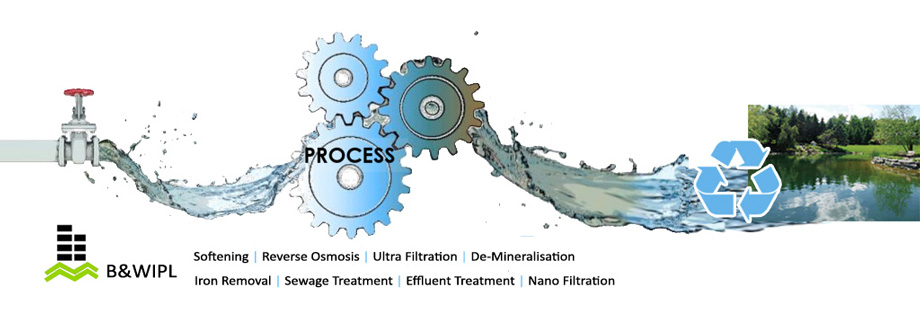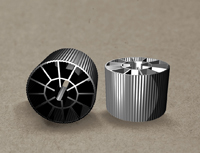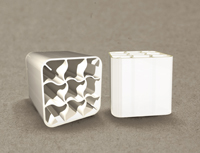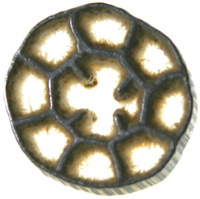Moving Bed Biofilm Reactor (MBBR) processes improve reliability, simplify operation, and require less space than traditional wastewater treatment systems.
MBBR technology employs thousands of polyethylene biofilm carriers operating in mixed motion within an aerated wastewater treatment basin. Each individual biocarrier increases productivity through providing protected surface area to support the growth of heterotrophic and autotrophic bacteria within its cells. It is this high-density population of bacteria that achieves high-rate biodegradation within the system, while also offering process reliability and ease of operation.
This technology provides cost-effective treatment with minimal maintenance since MBBR processes self-maintain an optimum level of productive biofilm. Additionally, the biofilm attached to the mobile biocarriers within the system automatically responds to load fluctuations.
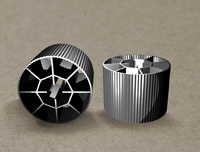 Process Benefits
Process Benefits
Compact Design
A fraction of the size of conventional systems
Expandable
Capacity can be easily upgraded by simply increasing the fill fraction of biofilm carriers
Single Pass Process
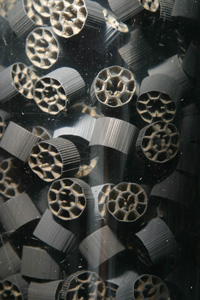 No return activated sludge stream required
No return activated sludge stream required
Load Responsive
Actively sloughed biofilm automatically responds to load fluctuations
Minimal Maintenance
No F/M ratios or MLSS levels to maintain
MBBR processes are an excellent solution for common wastewater applications including:
- BOD Reduction
- Nitrification
- Total Nitrogen Removal
Moving Bed Biofilm Reactor systems deliver a flexible, cost-effective, and easy-to-operate means to address current wastewater requirements and the expandability to meet future loads or more stringent discharge requirements within a compact design.
Some other advantages compared to activated sludge systems are:
- Higher effective sludge retention time (SRT) which is favorable for nitrification
- Responds to load fluctuations without operator intervention
- Lower sludge production
- Less area required
- Resilient to toxic shock
- Process performance independent of secondary clarifier (due to the fact that there is no sludge return line)
